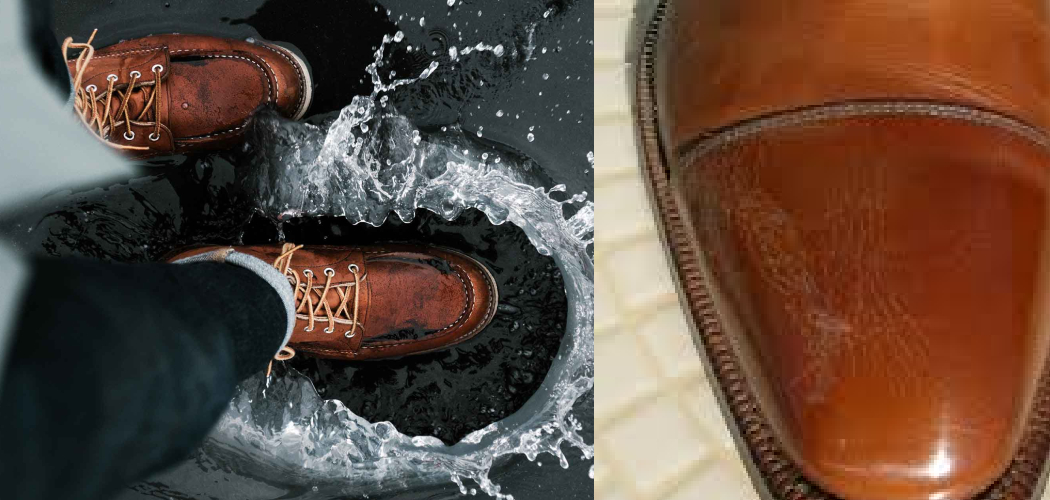The thought of water damaging something we own is enough to make us feel terrible. The idea of our belongings being ruined by something as simple as a spill can be frustrating and cause a lot of anxiety. But what do we do when water damage happens to leather? Leather is often one of the most delicate materials when it comes to water, so it’s important to know how to handle the situation in order to salvage the material properly. This blog post will provide tips on how to fix water damaged leather. So read on and take notes—you may need them sooner than you think.
Summary: Fixing water-damaged leather requires some knowledge and the right products. The first step is to assess the damage. The leather can usually be saved if it hasn’t been soaked for a long time.
If fungus or mold is present, you must treat it first with an anti-fungal product. The next step is to clean the leather with a gentle cleaner and conditioner. You can then apply a specialized leather treatment product to restore or rehydrate the leather.
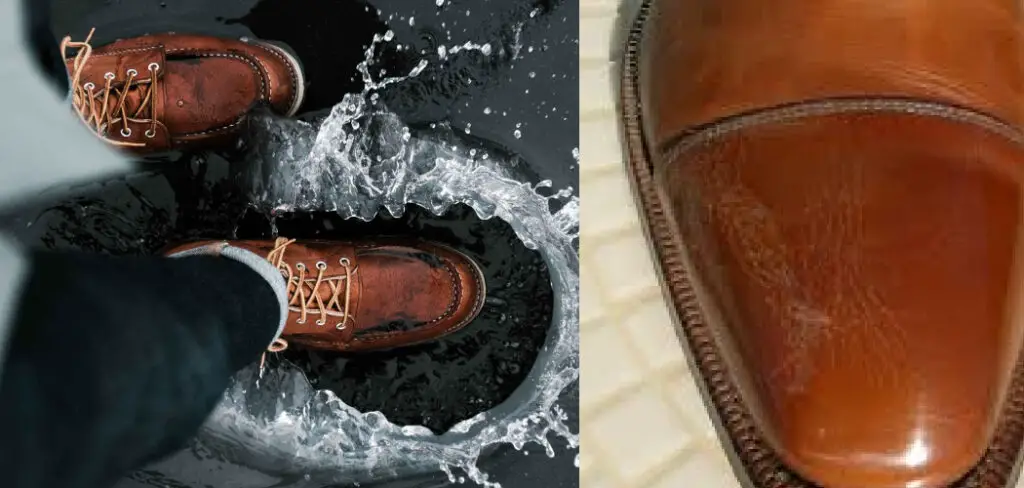
What Causes Water Damage to Leather?
There are a few different ways that water can damage leather. The most common is spills and accidents. When water comes into contact with leather, it can cause the material to swell, change color, and become brittle. Water damage can also occur from exposure to high humidity or prolonged exposure to sunlight. In addition, leather can be damaged by contact with cleaning products that contain chemicals or solvents. Finally, some natural processes, like perspiration, can cause water damage to leather over time.
Things You’ll Need
To fix water-damaged leather, you’ll need the following materials:
- A hairdryer
- A clean, dry cloth
- A leather conditioner
- A leather sealant (optional)
Some Effective Ways How to Fix Water Damaged Leather
1. Inspect the Damage
The first step in how to fix water damaged leather is to take a close look at the damage. Is it widespread or isolated to one area? How deep does the water go? Is the leather dry to the touch, or is it still wet? These are important considerations, as they will help you determine the best course of action.
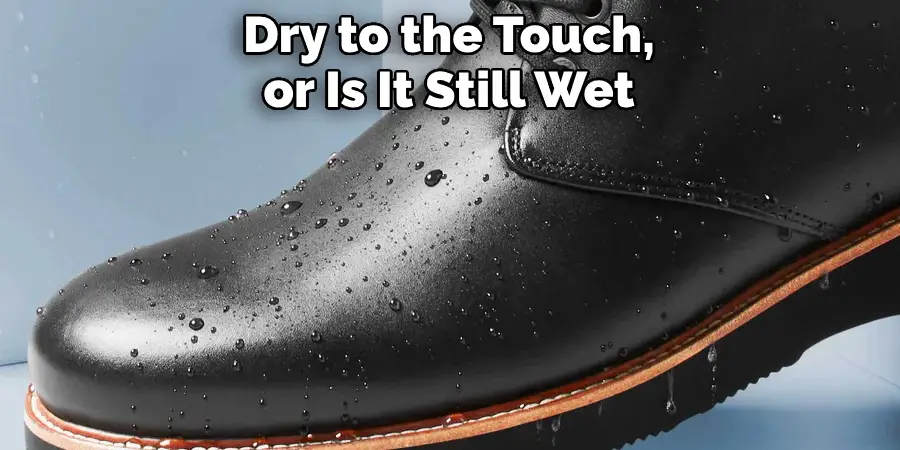
2. Use a Hairdryer
If the leather is wet, you’ll need to dry it as soon as possible. Use a hairdryer on the lowest setting and hold it about 12 inches away from the surface of the leather. Move the hairdryer back and forth until the leather is dry to the touch. If the hair dryer has a cool setting, you can use it to help cool and set the leather once it’s dry.
3. Wipe Away Any Excess Water
Once the leather is dry, use a clean cloth to wipe away any excess water. Be sure to use a gentle, circular motion to avoid damaging the leather. If there is any dirt or debris on the leather, you can remove it with a vacuum cleaner. Wipe the area clean with a dry cloth afterward.
4. Apply a Leather Conditioner
To help restore moisture to the leather, apply a leather conditioner. You can find these products at most stores that sell leather goods. To do this, test the conditioner on a small, inconspicuous area of the leather to ensure it won’t cause any damage.
Then, using a clean cloth, apply the conditioner to the entire leather surface. Allow it to soak in for 10-15 minutes before wiping away any excess. Be sure to read the instructions on the conditioner before applying it, as some products may require additional steps.
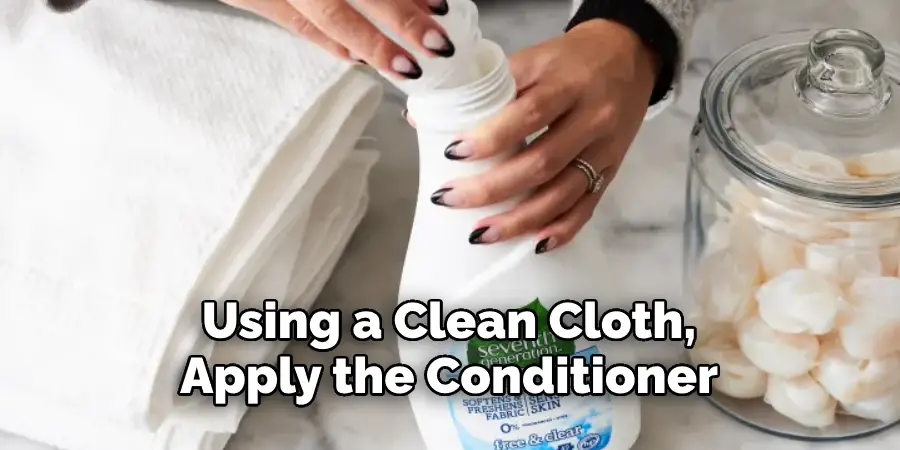
5. Apply a Leather Sealant (Optional)
If you want to add an extra layer of protection to the leather, you can apply a leather sealant. This would be a good idea if the water damage was caused by exposure to chemicals or other harsh substances.
To do this, apply the sealant to a clean cloth and then rub it into the surface of the leather. Allow it to dry completely before using the item. If you’re not sure whether or not to use a sealant, you can always consult with a professional.
6. Let the Leather Breathe
Once you’ve applied the conditioner and sealant (if desired), let the leather breathe for 24 hours. This will give the product time to soak into the leather and protect it from further damage. After 24 hours, you can use the furniture as normal. If you notice any excess product on the surface of the leather, wipe it away with a soft cloth.
7. Test for Colorfastness
You can try using a leather cleaner to restore its original color if the leather is discolored. First, make a small, hidden test patch to see if the leather cleaner will remove the finish or change the color of the leather. If it does, you’ll need to find a different way to clean your leather.
8. Apply the Cleaner
Once you’ve found a cleaner that is safe to use, apply it to a clean cloth and rub it into the leather. To do this, move the cloth in small, circular motions. Be sure to cover the entire surface of the leather. Once you’re finished, wipe away any excess cleaner with a dry cloth.
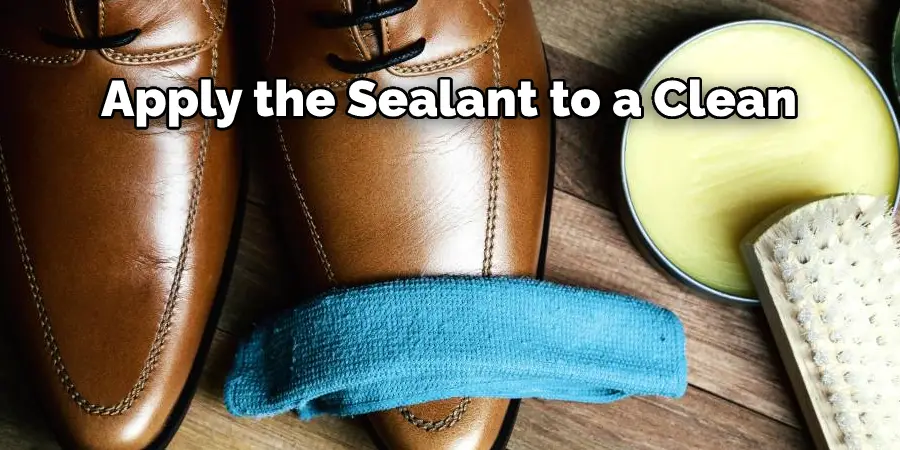
9. Seek Professional Help
If the damage to your leather is extensive, you may need to seek professional help. A professional will be able to assess the damage and determine the best course of action. They may also be able to repair any deep cuts or scratches that may have occurred.
If you’re unsure whether the damage is extensive, you can always take a picture of the damage and show it to a professional. They’ll be able to tell you if you need to seek help.
How Much Does It Cost to Fix Water Damaged Leather?
The cost of repairing water-damaged leather will vary depending on the extent of the damage and the type of leather. Generally speaking, you can expect to pay anywhere from $50 to $200 for professional repairs. If the damage is extensive, you may need to replace the entire piece of furniture.
How to Prevent Leather from Water Damage
1. Use a Leather Protector
If you want to protect your leather furniture from water damage, you can use a leather protector. These products are designed to create a barrier between the leather and any liquids.
To apply a leather protector, spray it on the surface of the leather and wipe away any excess. Be sure to read the instructions on the protector before use, as some products may require additional steps.
2. Avoid Direct Contact with Water
One of the best ways to prevent water damage to leather is to avoid direct contact with water. You should never place leather furniture near water sources, such as windows or doors.
You should also avoid placing wet items on top of leather furniture. If you do get water on the surface of the leather, be sure to wipe it away immediately.
3. Clean Up Spills Right Away
If you do spill something on your leather furniture, it’s important to clean it up right away. The longer a spill sits on the surface of the leather, the greater the chance of it causing damage.
Blot the area with a clean, dry cloth to clean a spill. Be sure to avoid rubbing the spill, as this can cause it to spread. Once you’ve blotted the area, you can use a leather cleaner to remove any remaining residue.
You Can Check It Out to Fix Worn Leather
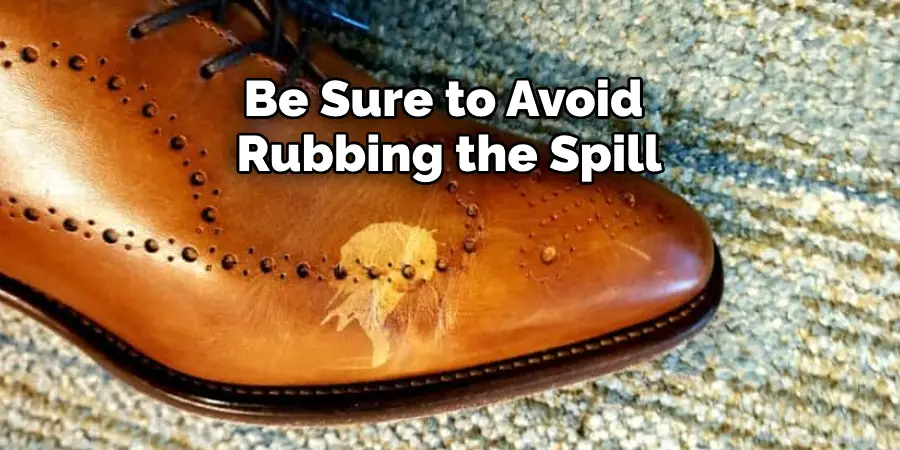
4. Condition the Leather Regularly
If you want to keep your leather furniture in good condition, it’s important to condition it regularly. This will help keep the leather moisturized and prevent it from drying.
There are several leather conditioners on the market, so be sure to choose one that is right for your type of leather. Generally speaking, you should condition your leather once every three months.
5. Avoid exposing Leather to Sunlight
Leather furniture should also be kept out of direct sunlight. The sun can cause the leather to fade and may even cause it to crack over time. If you must place leather furniture in a sunny room, be sure to use blinds or curtains to block out the sun’s rays.
6. Use Coasters
If you place drinks on your leather furniture, be sure to use coasters. This will help to prevent water rings from forming on the surface of the leather. Coasters can be made of various materials, including wood, glass, or metal.
7. Avoid Using Harsh Chemicals
You should also avoid using harsh chemicals on your leather furniture. This includes cleaning products that contain ammonia or bleach. These chemicals can damage the leather and may even cause it to fade. If you must use a cleaning product on your leather furniture, be sure to choose one specifically designed for leather use.
8. Keep Pets Off the Furniture
Pets can also cause damage to leather furniture. Their pee can cause stains, and their claws can scratch the surface of the leather. If you have pets, be sure to keep them off of your leather furniture.
How Sensitive Is Leather To Water?
Leather is a delicate material that can be easily damaged by water. It is important to understand how water will affect your leather clothing and furniture in order to keep it looking its best and prevent any damage.
Leather that has been treated with a protective coating is usually more resilient to water. However, prolonged or consistent contact with moisture can still fray the fibers and cause discoloration over time.
Moreover, if the leather becomes saturated, it may become brittle and start cracking or flaking away. To further protect your items against accidental spills, you should also consider purchasing a waterproofing spray to help repel moisture from contact.
Frequently Asked Questions
Does Water Permanently Damage Leather?
It largely depends on the type and severity of water damage your leather may have sustained. However, most leather experts would say that water damage to leather will cause permanent damage, even if the leather is treated with a specialized treatment.
How Do You Soften Leather After Water Damage?
If you have water damage to your leather shoes or apparel, the first step is to remove any excess water with a vacuum cleaner. Next, use a dry eraser or cloth to wipe down the entire surface of the shoe or article of clothing. Finally, cover the surface with foil and seal it in place with duct tape. Allow the item to sit for 24-48 hours so that all of the moisture has been removed.
Do Water Stains Come Out of Leather?
Water stains can be an annoying problem, but thankfully they are fairly easy to remove. All you need is soap and water (or a cleaning agent like ammonia or vinegar), and the stain will soon disappear. If the stain is particularly stubborn, then you may want to use a commercial cleaner like Mr. Clean or Comet. Just remember to test the product on a small portion of fabric first to make sure it won’t damage your leather surface.
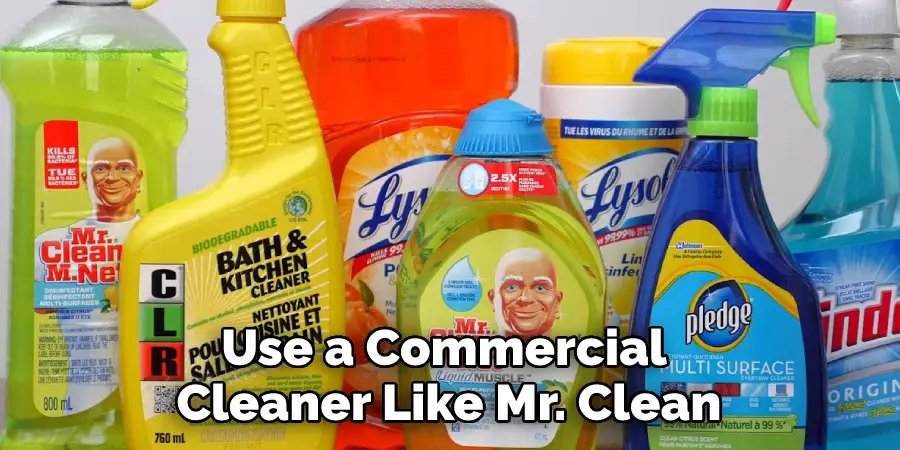
If you manage to get rid of the water stain, don’t forget about those tough toe-nails! Make sure they are clean before putting on your shoes so that dirt and other particles don’t cause new water stains later on.
Does Real Leather Absorb Water?
No, leather does not absorb water. Leather is a natural material and will naturally dry out and contract over time due to the removal of water and salts from its surface.
Conclusion
So, there you have it! Everything you need to know about how to fix water damaged leather. We hope this article was helpful and that you are now able to restore your favorite pieces of furniture or accessories. Have any questions? Leave them in the comments below, and we will do our best to help.

